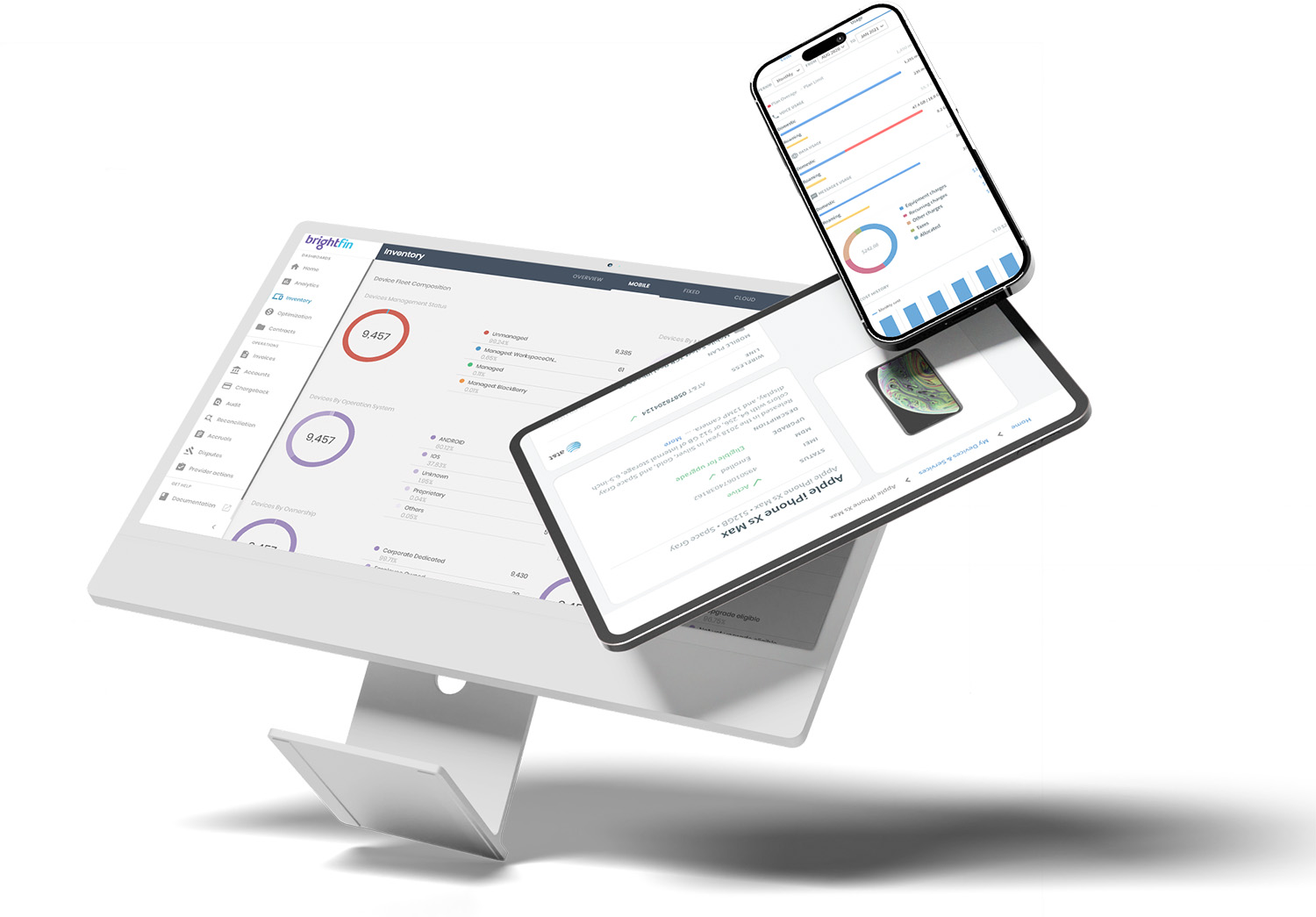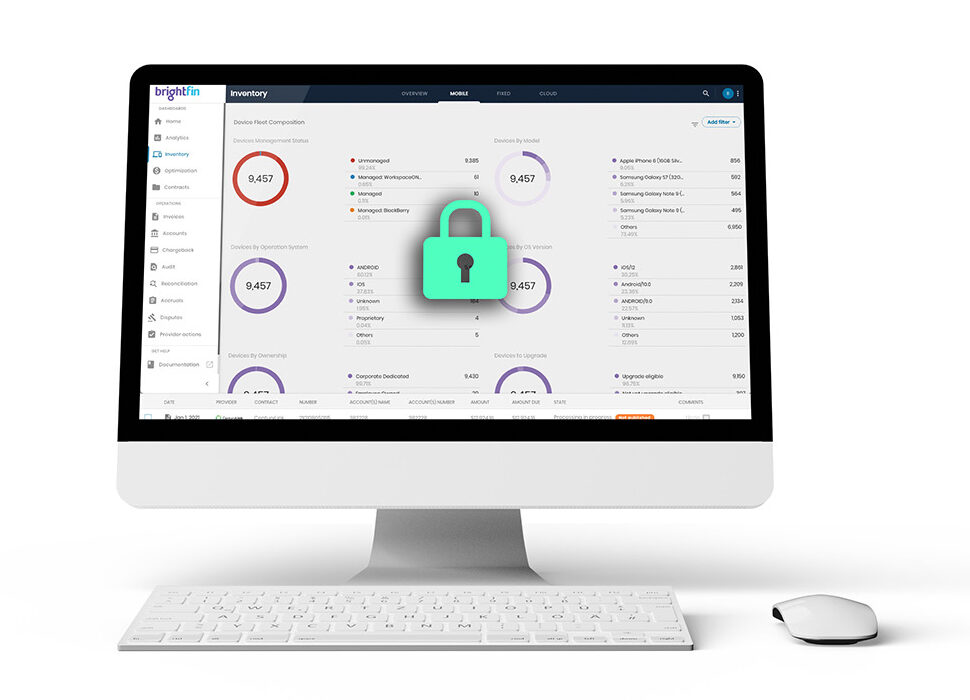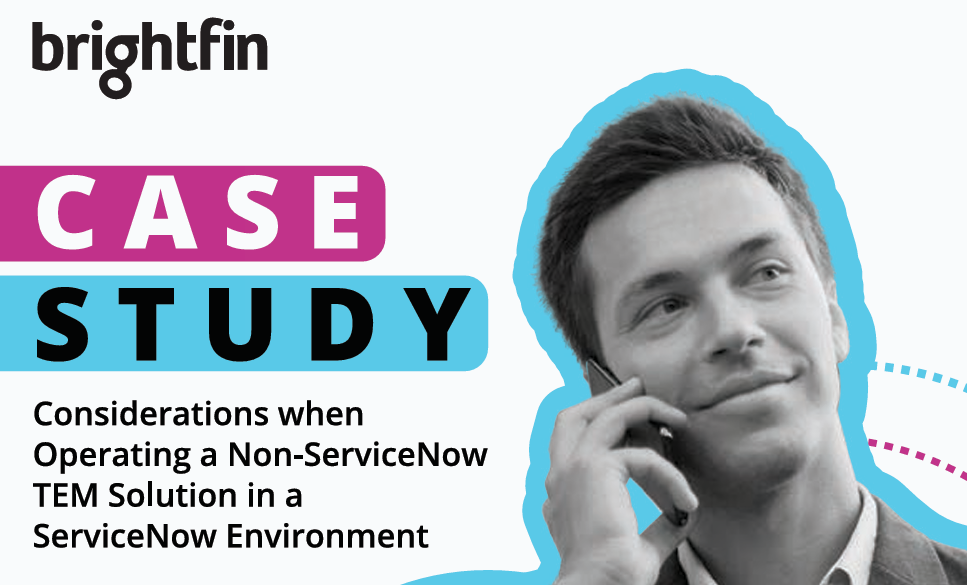Overview
For ServiceNow-based organizations, managing TEM outside the SN instance can present challenges with data accuracy, manual processes, and security. This global athletic apparel and footwear corporation considered moving to a non-ServiceNow solution and faced the following key considerations:
Key Considerations
Costs:
One-Time Costs:
- ServiceNow Developer Resources: Establishing integrations for inventory data, billing data, HR/ERP systems, Unified Endpoint Management (UEM) synchronization, and carrier MACDs requires substantial initial investment.
- Country-specific, customized workflows need to be set up.
- Estimated capital expenditure exceeds $100,000.
Ongoing Costs:
- API/Integration Maintenance: Regular maintenance is needed due to carrier data changes and ServiceNow version upgrades, ensuring that all integrations remain functional and secure.
- Certification: Periodic certification of the integrations with each ServiceNow upgrade.
- Report Generation: Continuous need to generate and consolidate reports from multiple sources.
- Estimated annual cost for these ongoing activities is around $65,000.

Risk/Security:
Data Residency:
- One of the critical risks of using a SaaS solution is that essential company data resides outside the corporate environment, posing significant security and compliance risks.
Integration Vulnerabilities:
- Introducing multiple outbound and inbound integrations can create security vulnerabilities.
- These integrations must be carefully monitored and managed to prevent unauthorized access and data breaches.
Access & Compliance:
- Ensuring compliance with corporate policies and regulatory requirements is more challenging when data is stored externally.
- Keeping data within the ServiceNow instance allows for better control and compliance management.

Results:
Bringing TEM data and workflows within ServiceNow has empowered the global athletic apparel and footwear corporation with accurate, efficient, and secure management of their telecom environment, leading to:
- Time Savings: Automating TEM processes and integrating them within ServiceNow has saved the internal team considerable time by reducing manual processes.
- Inventory Accuracy: Maintaining MACD ordering data within the ServiceNow instance ensures all changes are accurately reflected, eliminating discrepancies.
- Consistent Data Flow: Integrating all TEM data sources directly into ServiceNow ensures a seamless and reliable data flow.
- Configurable Workflows: A natively built ServiceNow solution leverages SN’s powerful workflow capabilities to configure across regions and countries.
- Enhanced Security and Compliance: By keeping all TEM data within the corporate ServiceNow instance, the organization retains full control over its data.




